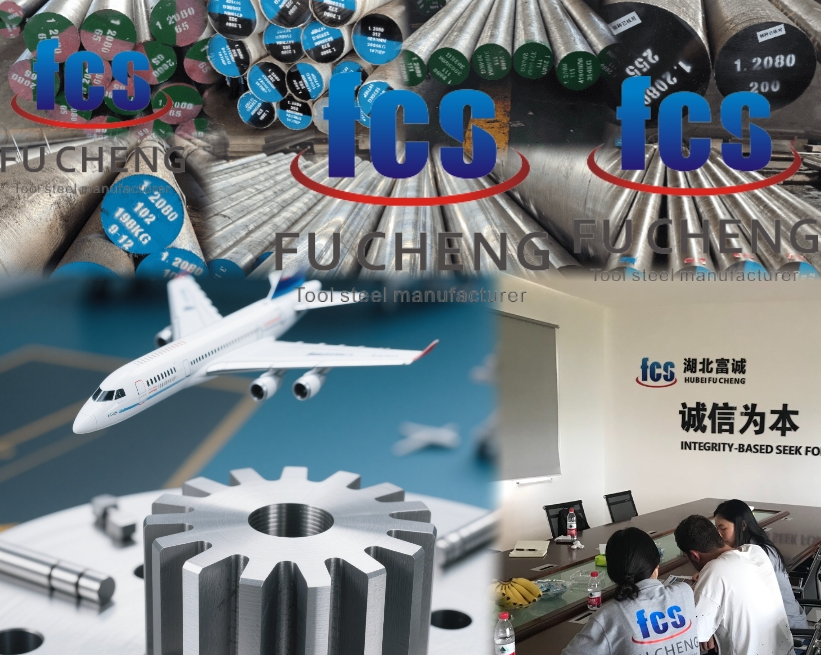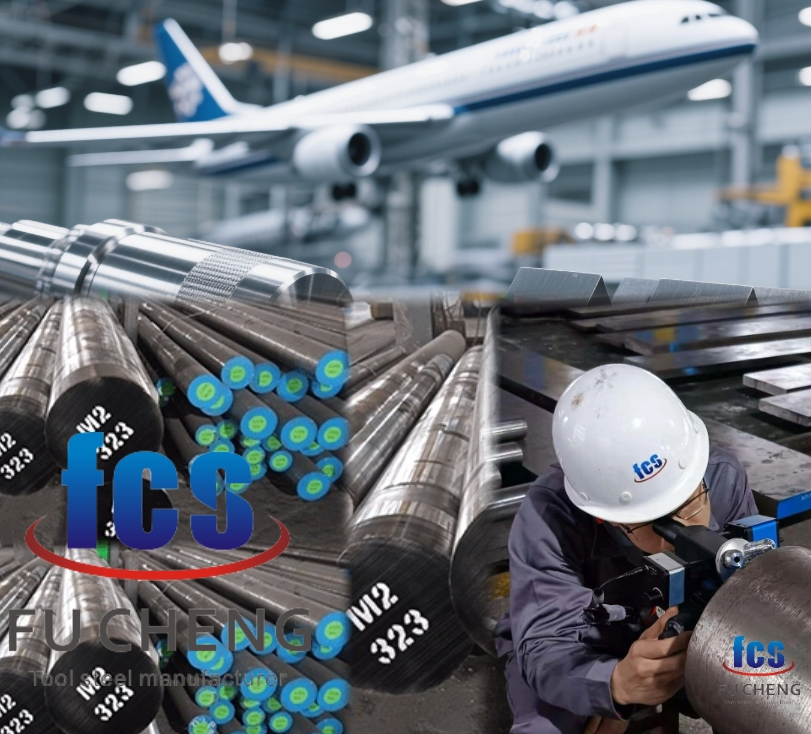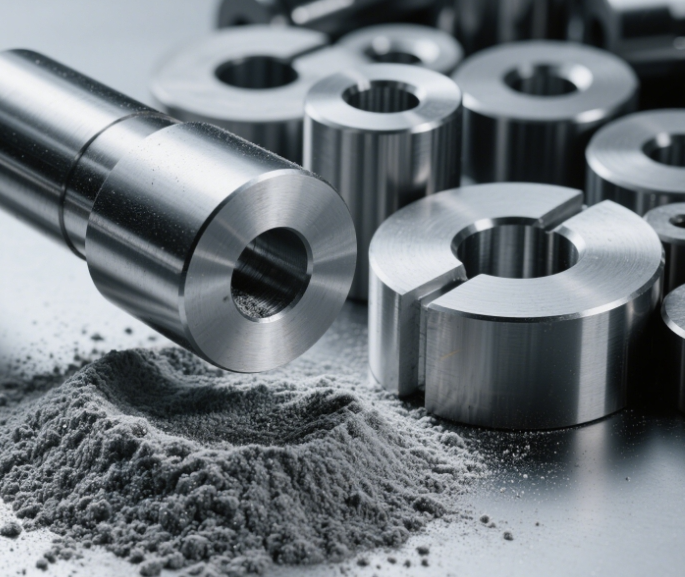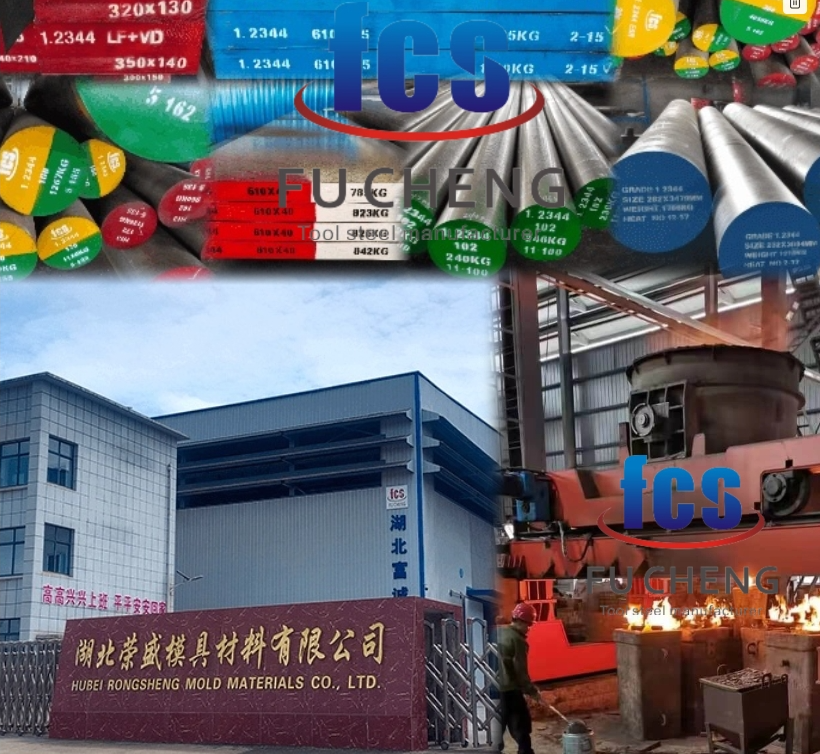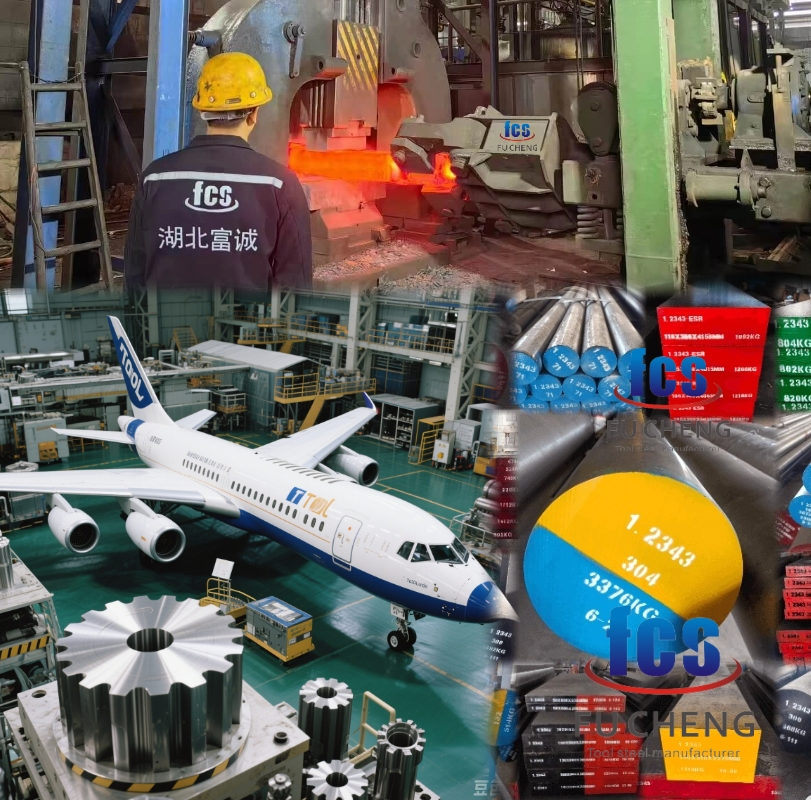Tool steels play a critical role in aerospace manufacturing, enabling the production of high-precision components and tools that withstand extreme conditions. These materials are selected for their exceptional hardness, wear resistance, and thermal stability, ensuring longevity and reliability in applications such as aircraft engines, structural parts, and advanced composites processing. Below is an in-depth analysis of the most widely used tool steels in the aerospace industry.
High-Speed Steels (HSS)
I think it’s amazing how high-speed tool steels (HSS) completely changed the aerospace field. When I hold HSS, I feel how incredibly strong it is. I sense its potential for cutting, almost like hidden power ready to be used. Based on my experience, this durability is essential for aerospace parts. I have spent years working with these materials. Through this work, I have learned about the specific qualities of different HSS types. I recognize the unique traits of: M2、M35 、 M42 、 W2Mo9Cr4V2.In my opinion, each steel acts like a specialist on a team. Each one provides specific advantages for tough aerospace jobs. I find it truly impressive how these steels stay sharp. They keep their cutting edge even when they heat up and glow bright red. To me, that ability is remarkable.
Properties
Retain hardness at elevated temperatures (up to 600°C), critical for cutting tools in high-speed machining.Resist abrasion from machining tough aerospace alloys like titanium and nickel-based superalloys.Balance hardness with impact resistance to prevent tool fracture.
Applications
Machining Tools: End mills, drills, and taps for precision machining of turbine blades, landing gear components, and composite materials .
Aerospace Fasteners: Dies for forming high-strength bolts and screws.
Composite Tooling: Used in compression molds for carbon fiber composites due to their dimensional stability.
Example
Powder Metallurgy (PM) High-Speed Steels
| Key Types | Standard/Classification |
|---|---|
| ASP-23 | Swedish Standard |
| ASP-60 | Swedish Standard |
| CPM M4 | Crucible Particle Metallurgy |
Properties
Produced via gas atomization, PM steels eliminate carbide segregation, enhancing toughness and wear resistance.ASP-60 achieves up to 69 HRC, making it suitable for ultra-hard materials like tungsten carbide .Retain cutting efficiency at elevated temperatures (e.g., ASP-60 maintains 62 HRC at 600°C).
Applications
Precision Dies: Cold-forming dies for aerospace fasteners and turbine blade roots.
High-Speed Machining: End mills for nickel-based superalloys (e.g., Inconel 718) in jet engine manufacturing.
Aerospace Electronics: Punches for cutting thin, abrasive materials like semiconductor packaging components .
Example
Cold Work Tool Steels
| Key Types | AISI Designation |
|---|---|
| D2 | AISI D2 |
| A2 | AISI A2 |
| O1 | AISI O1 |
Properties
I’ve found that D2 tool steel can reach a hardness of 58-62 HRC. I think this level of hardness is excellent. It provides a solid base for uses where wear resistance is absolutely essential. Based on my experience, D2 steel acts tough, like a strong shield. It holds up well against scraping and rubbing forces. This is very noticeable during cold-forming tasks. What I appreciate most about D2 is how well it handles heat. It keeps its shape extremely well. I’m always impressed that it shows very little warping when it goes through heat treatment.
Applications
In my experience, working with high-strength steel for gears and shafts is fascinating. I feel like I bring the metal to life as I make these parts. It’s amazing to see raw material become precise machine components through my work. I also shape thin metal sheets to make airplane skins and engine parts. This feels very personal to me. I often think about the planes these parts will eventually fly on. I feel good knowing my work helps protect people flying high up in the clouds. What I enjoy most is making special blades. These blades are used to trim strong, light materials needed for aircraft structures. Making each blade feels very connected to me, almost like it’s part of my own hand. I guide them carefully across the airplane parts with great accuracy.
summary
I’ve spent years working with aerospace tool steels. I have seen many great developments in HSS, PM, hot work, and cold work types. Each kind of steel has its own advantages. These advantages help meet the needs of making parts for aircraft. Technology gets better all the time. So, these special steels keep getting better too. This allows us to build aircraft parts that are lighter, stronger, and work more efficiently. From my perspective, the future of flight and space travel relies on these wonderful materials. I consider them the quiet stars behind successful flights and space trips. Their impact on what humans can do in the air is exceptional.

